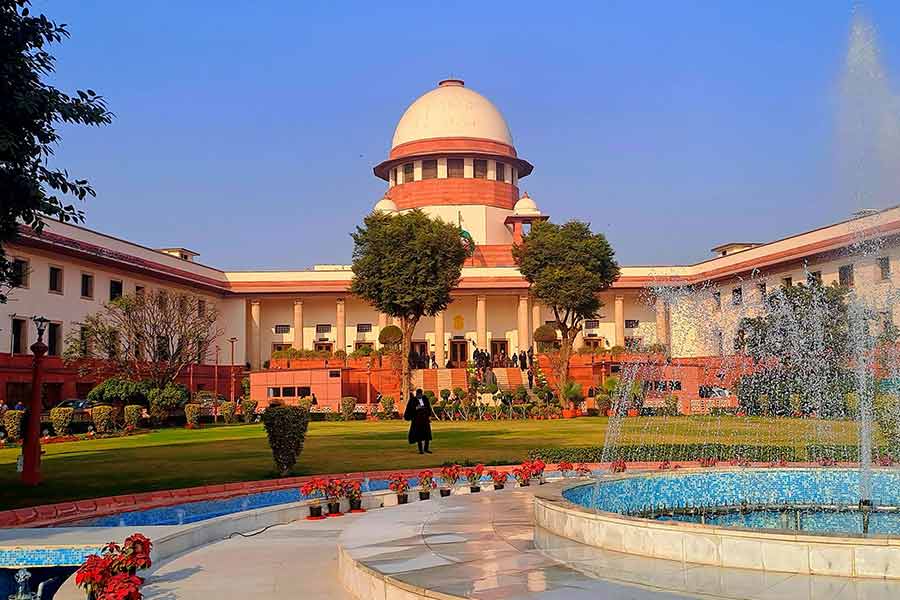The appearance of equality is not enough. The Supreme Court reportedly expressed its displeasure at the defence ministry’s apparent evasion of the 2010 Delhi High Court directive and 2020 Supreme Court order that women in the armed forces should be given permanent service commissions at par with men if they met the required criteria. Eighty-six short service commission women officers had petitioned for equality in standards of evaluation for the granting of permanent commissions. The present practice of separate standards and selection boards violate gender parity. The government’s claim that women are allowed to serve the nation by joining the armed forces is, therefore, hollow; symbolic equality fails to meet the Constitutional requirement. This Supreme Court judgment saw this as a reflection of the patriarchal system. The three-judge bench went further and, for the first time, introduced the principle of ‘indirect discrimination’ to support the concepts of equality and discrimination.
Although present in the jurisprudence of countries such as the United States of America, the United Kingdom and others, the criterion of indirect discrimination has seldom been applied in India. The judges expatiated on the concept in detail, presumably in order to ensure that the indirect discrimination test would be applied to relevant cases here as well. While direct discrimination can be perceived as a matter of intent irrespective of the circumstances, indirect discrimination is not so easily discernible. It can be uncovered through its effects, as in the denial of permanent commissions to women officers through differences in evaluation standards. Thus, indirect discrimination is structural, disguised by the dominant system of inbuilt beliefs and ways of doing things, so that what appears to be neutral — gender-neutral in this specific case — conceals the unjust effects of accepted provisions and practices. While direct discrimination is seldom, if ever, unintended, indirect discrimination may be unconscious and without malicious intent, arising from implicit biases that cannot recognize the unfairness in a given situation. The Supreme Court’s explanation underscored the importance of picking out indirect discrimination in cases concerned with equality, especially because it is neither obvious nor always intended. By prohibiting it even when it is unintended, the Supreme Court has given the legal and Constitutional principle of equality the breadth it desperately needs in a society constructed on implicit biases, and not of gender alone. Perhaps there is scope of further expansion of this criterion to test the principle of modernization of the armed forces. A truly modern army must have at its disposal not just cutting edge technology but also measures to ensure equality between serving men and women.











